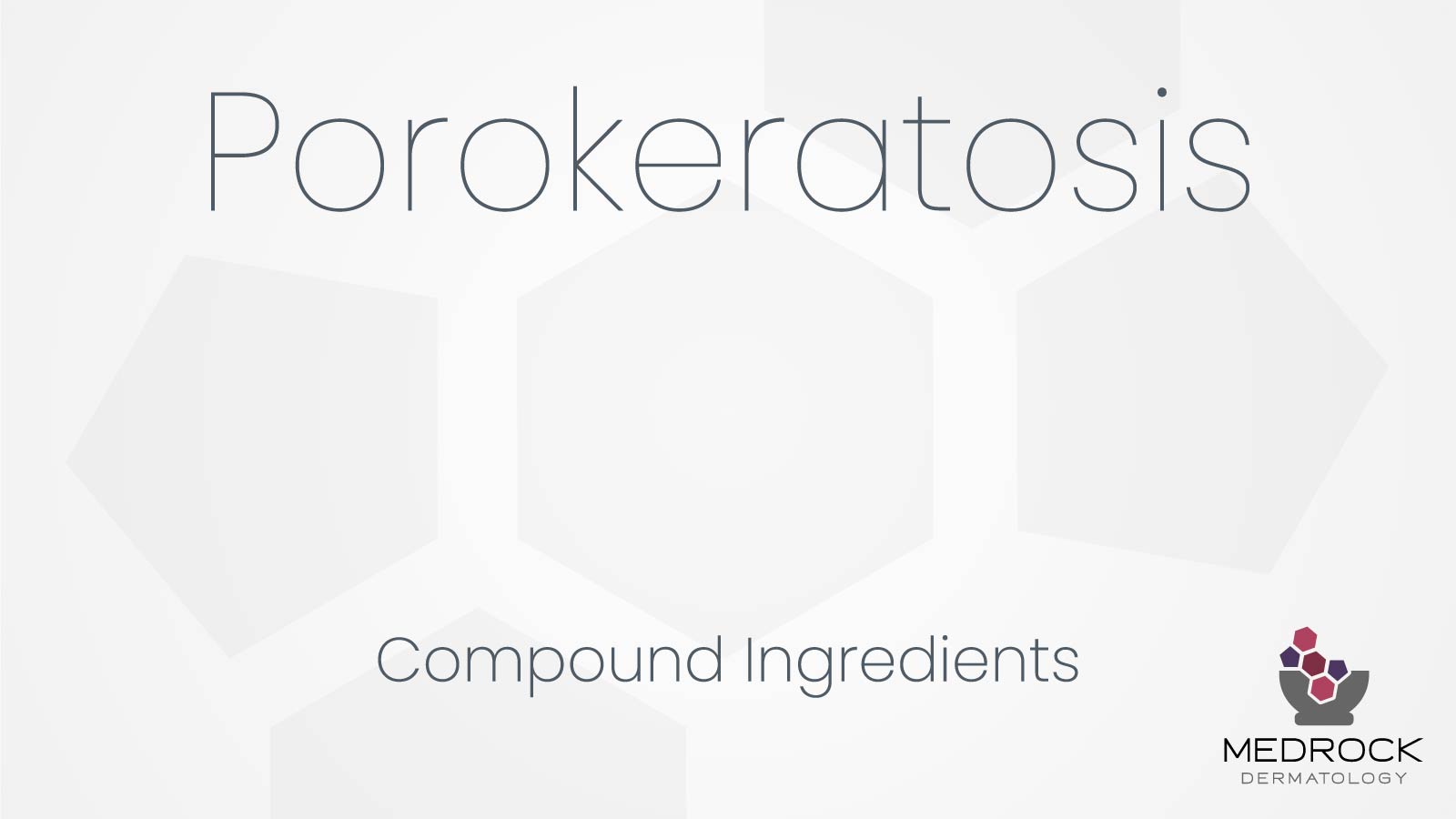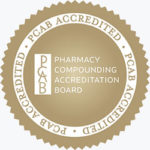Porokeratosis Videos
About Porokeratosis
Porokeratosis is a non-contagious skin condition which appears as raised red to brown bumps that may expand into scaly patches. The exact cause of porokeratosis is not known, but genetic factors and having a weak immune system may put a patient at a greater risk for the condition. Sunlight, UV rays, and other radiation worsen the condition.
Disseminated Superficial Actinic Porokeratosis, also known as DSAP, is found mainly among older adults. At first, it may start out as a small patch of brown bumps. This patch grows in size, and the bumps may become raised with a ring around the outside of each spot. A majority of people with DSAP inherit it from family genes.
It doesn’t appear until sun damage occurs, so it is also more prevalent in people with fair skin. As the condition worsens, it can feel dry, itchy, and irritated.
DSAP is considered a pre-cancerous skin growth, although it rarely turns into cancer. Usually, doctors will monitor the spots on patients and may take a sample of skin to biopsy if the spots change too much.
Porokeratosis is associated with mevalonate pathway gene mutations. Therapeutic options are few and often limited in efficacy. Topical therapy that aims to replenish cholesterol, an essential mevalonate pathway end-product, and block the accumulation of mevalonate pathway toxic metabolites could alleviate porokeratosis. There is the preventative approach, which would be to cover the affected areas of skin and wear strong sunscreens to prevent further sun damage.
Head over to our educational video where we discuss how our compound may help with this skin condition.













